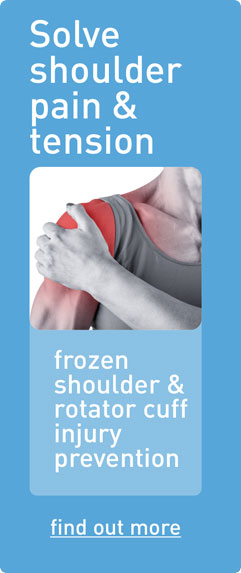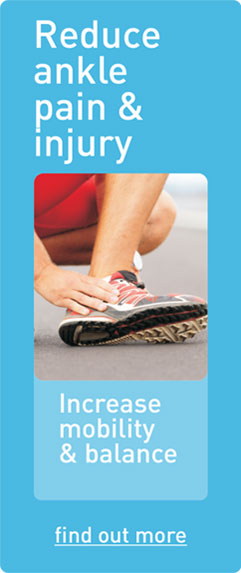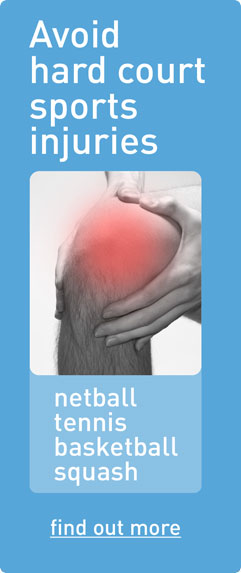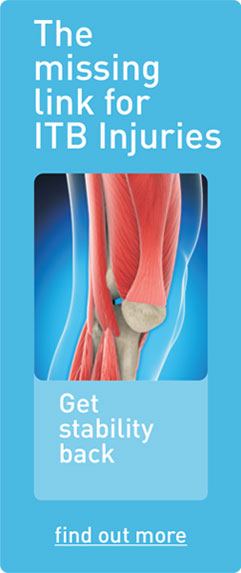Downloads
Are you sick of recurring back pain?
Have you had the experience of ongoing chronic or frequent acute episodes of lower back or neck & shoulder pain?
Do you have chronic lower back pain that is always there day in, day out or alternatively every year there is a period when your back flares up leading to time off work and intense pain for a week or more?
Often people experiencing these sorts of symptoms seek help from a variety of therapists and yet the pain returns. If this sounds familiar then an important aspect of your treatment plan may be missing. Postural work is crucial for changing the patterns of how you use your body.
I define posture as the way you use your bones. Changing posture is not about holding yourself erect with different muscles. This will work for about an hour however once your muscles fatigue the postural change will disappear and you will go back to the pattern you had before.
The key to changing posture is to work with the body’s natural ability to self-correct. Your current postural patterns have built up to manage how you use your body, as well as compensating for any trauma or accidents you have had along the way.
The easiest way to explain how posture works, as an underlying cause of muscular skeletal issues, is to give an example.
Lower back pain is very common in Western society.
One of the most common sources of lower back pain is at the 5th lumbar vertebra. Pain in this area will make it hard to go from sitting to standing and people suffering from L5 pain are often bent forward (can not stand upright) and may include sciatic pain down the legs.
This pattern often includes the pelvis rotating up on one side that creates a leg length discrepancy. This is actually the body stabilising the L5 joint so it doesn’t move. The muscles in the lower back will also be very tight as the body braces itself to reduce the pain from the area.
All of the above symptoms can be sorted with a combination of soft tissue and skeletal work. However, the underlying postural key to this pattern is actually the amount of rotation in the ribcage.
The ribcage is designed to have about 32 degrees of rotation and the lower back has 5 degrees (1 degree of rotation per vertebra). The ribcage however is often restricted due to a variety of things such as; breathing patterns, ribs out of alignment or a slight forward bend (eg slouching type posture) which prevents rotation. If this is the case when you rotate the chances are you will be recruiting your lower back, which will change the alignment at L5 leading to the pain.
The end result is ongoing or recurring lumbar pain that can go on for years.
The good news is that working with an Ortho-Bionomy practitioner can help you release the lower back pain and change the way you use your body. This helps change the whole picture, not just addressing the symptoms.
Of course posture has an impact on far more than just L5 pain. The way the body works is as an integrated whole. So for example, pins & needles in the fingers usually has more to do with the first rib compressing the nerve supply to the arm than a localised hand issue.
Shoulder issues are often the result of an unstable sternoclavicular joint and the body then compensates by recruiting muscles to stabilise the joint. This is visible when the shoulder is held in a forward posture, the pects, & upper trap turn on to stabilise the shoulder.
The different patterns of muscular contraction change how the shoulder moves and this can then lead to torn muscles, tendons or connective tissue of the joint capsule.
Another common area that is influenced by your posture is up the back of the neck. Tension up at the base of the skull and down into the shoulders is often more to do with alignment of the pelvis & lower back. Relaxing the muscles will release the problem area short term but to change the system you need to change the postural patterns in the body.
Other joint issues such as painful knees, ankles, feet, wrists and elbows also have postural elements that are involved.
So if you have a recurring issue such as;
- lower back pain
- neck & shoulder pain
- frozen shoulder
- migraines & headaches
- knee pain
- sprained/strained ankle
- tennis elbow
- tight ITB
- restricted breathing
- pins & needles in your hands or feet
Book an Ortho-Bionomy session and see the difference it makes when you work on the posture as well as the symptoms.






